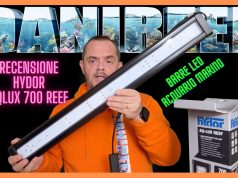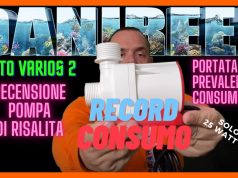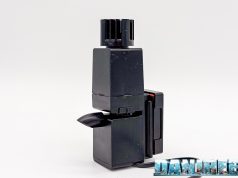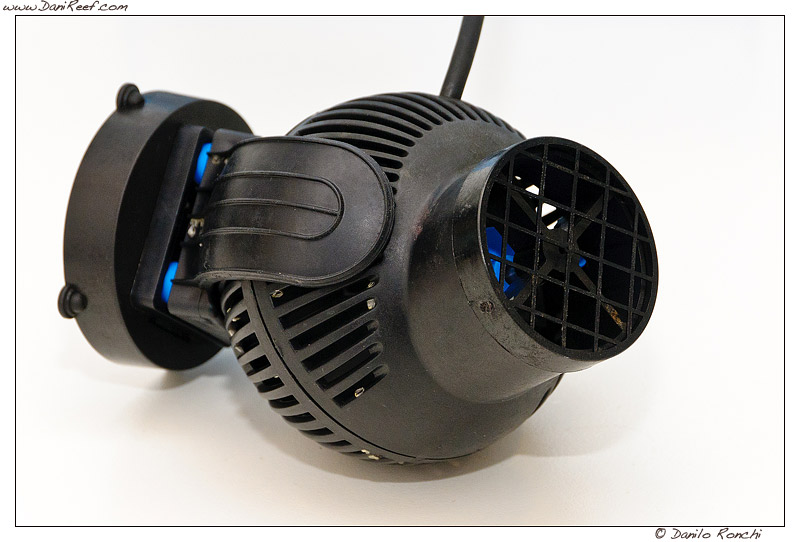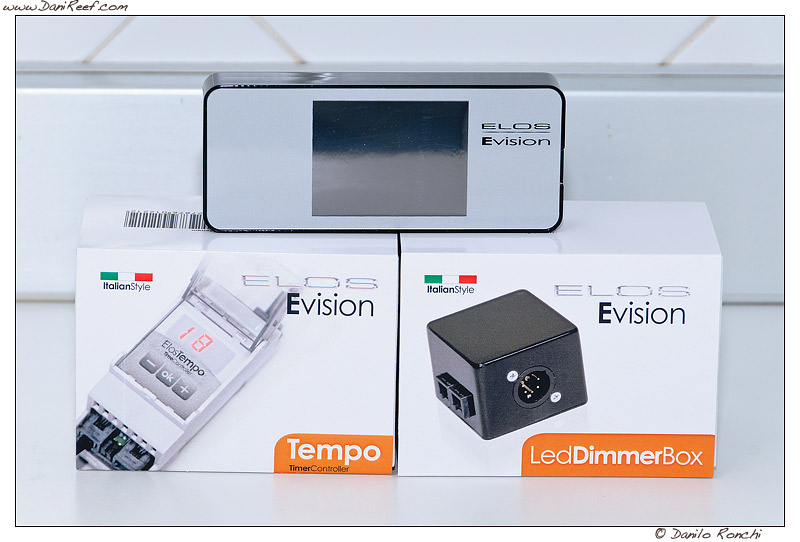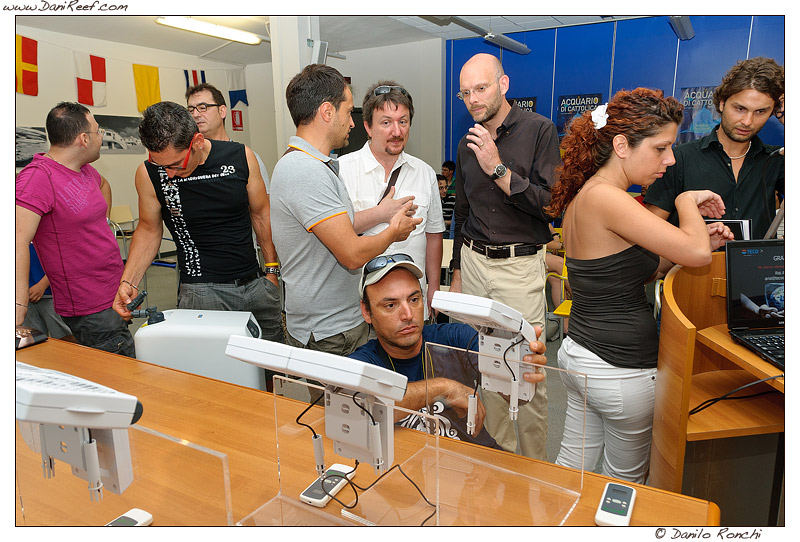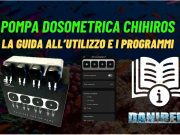TECH SECTION
Eheim pumps 1048, 1250 and 1260: The Total Comparative Test
Let's start with this article to speak about the numbers resulting from our tests, following the introduction that you can read here: Return Pumps: tests...
Return Pumps: tests and real measurements compared
The last period on DaniReef.com was really full of work and ideas, too bad not only have enough arms to follow all the projects...
Aquamar Nanoscope D-D, Review
The Aquamar Nanoscope D-D it’s an optical tool with a 48x magnification. It’s a mesoscope produced by The Aquarium Solution and distribuited in Italy...
Ecotech Marine VorTech MP40: Our Complete Review
When EcoTech Marine presented the new Vortech MP40 to the aquarium market, a new era began. This product was very nice and soon acquired...
Led Lighting Elos AquaTop 60. Complete Review
Foreword
In this article of the new suspended led lighting Elos AquaTop 60, I will describe my feelings about the technical specs and manifacturing of...
Tunze Turbelle Stream 6105 – The Complete Review
The Tunze Stream Turbelle 6105 can be considered as the main product of the lineup of the Tunze pumps. This is because they can...
Tunze versus Vortech, what’s about the better flow?
It made quite a debate in the United States an article published in Advanced Aquarist and edited by Michael Sandford, William Straka and...
Elos Evision Tempo and LedDimmerBox – our preview and video
We had a preview of the new Elos System E-Vision we promptly tried, a beautiful and captivating system in its version with touch controls,...
The first Teco Open Day Reportage
Sunday, July 10th was held the First Teco Open Day at the Aquarium of Cattolica, Rimini, Italy. A beautiful day spent together passionately, in...
Calcium Reactor LGMAquari LGr701 SP – Complete Review
The calcium reactor LGMAquari LGr701 SP is the third reactor in a row that I've tried, thanks to the kindness of Geppy and Emanuela,...







